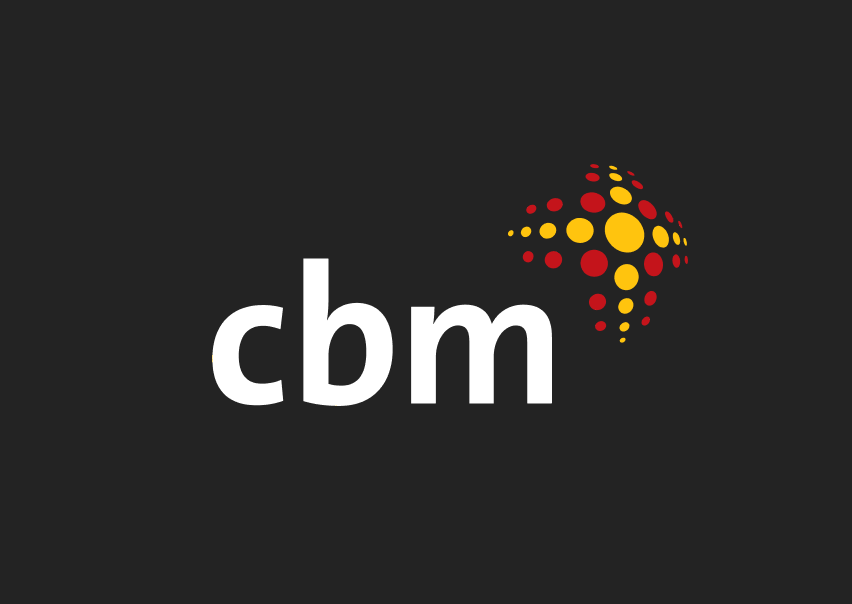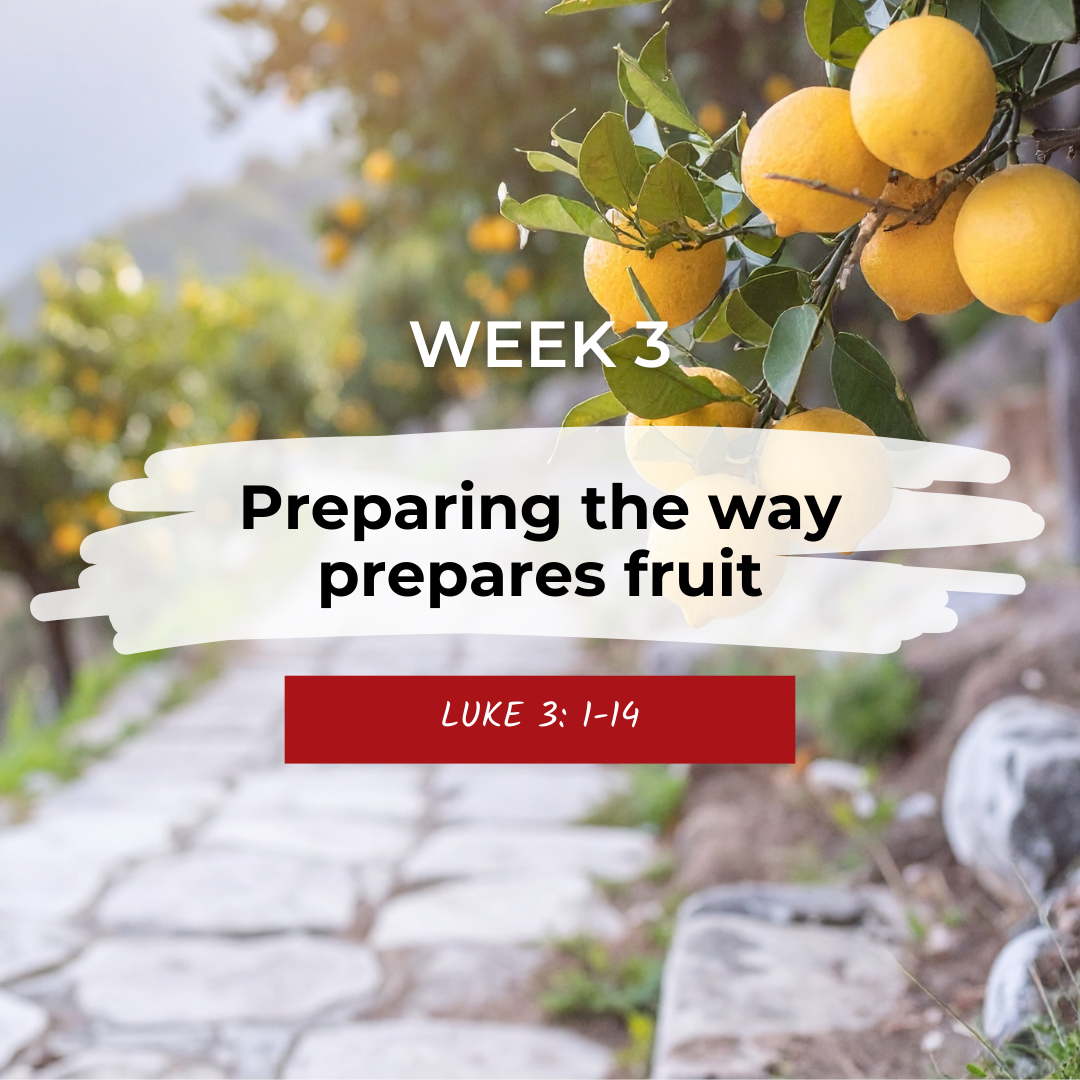World Food Day
Stories | August 10, 2022
Global hunger and undernourishment are not new issues.
Millions of people all over the world suffer from hunger and undernourishment on a daily basis. Caught in the poverty cycle, this is unlikely to change without external assistance.
The 2030 Agenda for Sustainable Development, adopted by all United Nations Member States, aims to achieve zero hunger by 2030 as part of the Sustainable Development Goal (SDG) 2: End hunger, achieve food security and improved nutrition and promote sustainable agriculture.
However, since adoption of the SDGs in 2015, the number of people who are undernourished has increased from an estimated 784 million people (2015) to 821 million people (2017).
More work is needed.
The number of people who are malnourished also includes people who are obese. Although in some of the more developed countries, access to food is a lot easier, there is also a growing percentage of food which is nutrient poor.
Nutrient poor foods, such as some snacks and ready meals, are often consumed for convenience rather than nutrient density. They are also frequently produced at a great cost to the environment, created using large amounts of water compared to the growing of fresh vegetables, and packaged in plastic which does not biodegrade.
Fresh, nutrient dense produce tends to cost more and expire faster. It can also be difficult to acquire due to geographical constraints and transport systems.
This year World Food Day “calls for action across sectors to make healthy and sustainable diets affordable and accessible to everyone. At the same time, it calls on everyone to start thinking about what we eat” (Food and Agriculture Organization of the United Nations (UNFAO)).
“Achieving Zero Hunger is not only about addressing hunger, but also nourishing people while nurturing the planet”.
This is why CBM and our partners are working to address food insecurity in developing countries, limit our greenhouse gas emissions and prepare communities for the impacts on climate change.
We are doing this in several ways
Addressing food insecurity
We are working with communities in developing countries to create their own community gardens.
We are providing community ‘self-help’ groups (SHGs) with seeds, equipment and training for them to become self-sufficient.
We are also providing communities with chickens, goats, cows and other livestock as both sources of food and income.
You can give a gift of livestock via our Gift Shop.
Limiting our greenhouse gas emissions
We’re committed to addressing climate change across all aspects of our operations, both internally and externally. Read our climate change position statement here.
Preparing communities for climate change
Climate change frequently impacts people in poverty and those who have disability the greatest. This is due to a number of reasons including:
- When climate change impacts food and water accessibility, people with disability face barriers in their environment that makes relocation a challenge
- People with disabilities are more likely to be left behind or forgotten about during and after disaster events
- During times of disaster, access to medication and specialist care becomes more difficult
For more information on this please read our Climate Change: Poverty and Disability article.
https://www.cbm.org.au/stories/world-food-day
Related Stories

Share your advocacy preferences with us
Thank you for helping us to advocate for the one billion people with disability globally. CBM Australia advocate across...

Advent 2025: Jesus’ way leads to fullness
The way of Jesus gives people freedom and empowers them to live out their God-given purpose. The last few weeks...

Advent 2025: Preparing the way produces fruit
John the Baptist called people to prepare for God’s presence through repentance and by producing fruit (acts of justice,...
